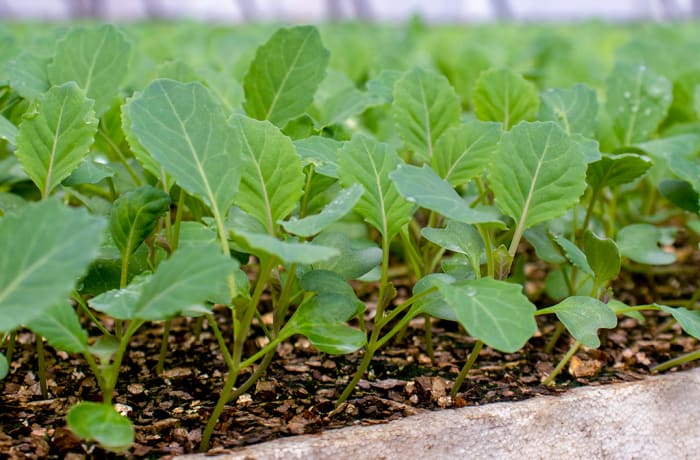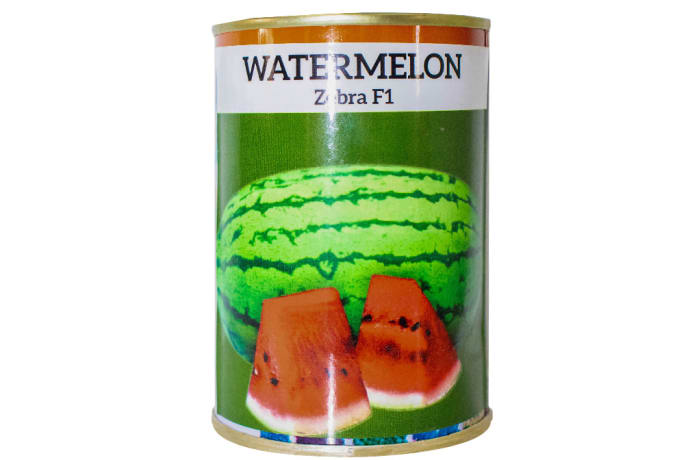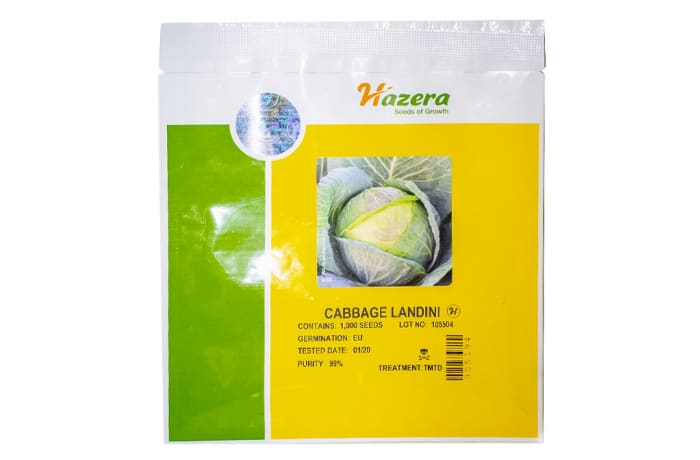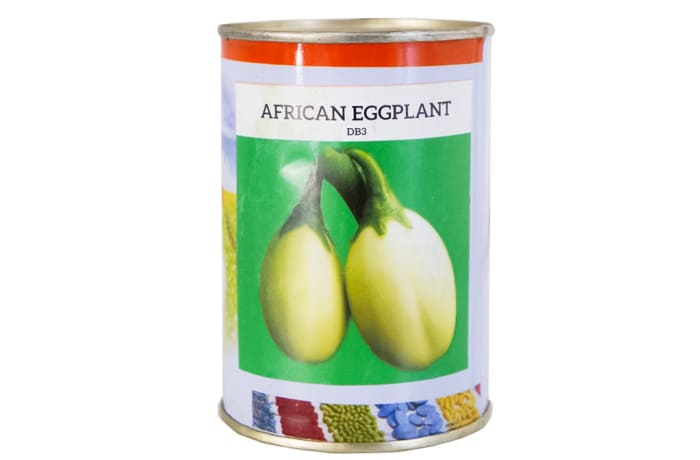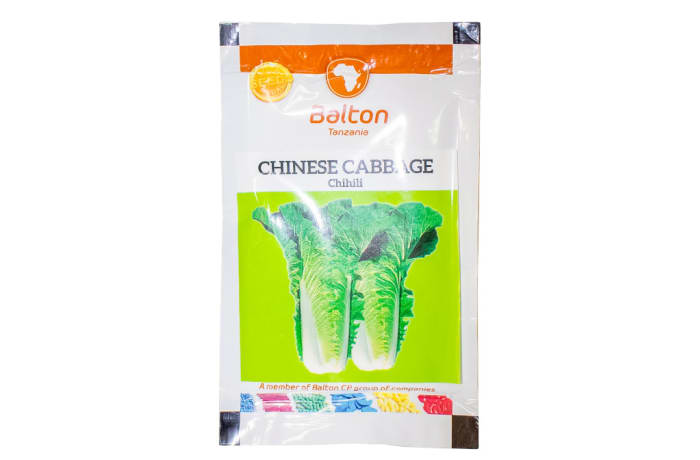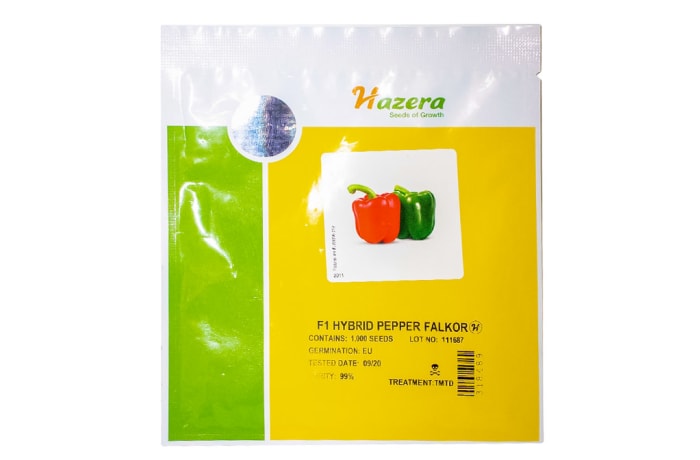
Ford Hook Giant Swiss Chard Seeds
Plant a fine flavourful vegetable that produces thick, dark green, crisp, crumbled leaves with a broad white rib on juicy white stalks, early and often to enjoy fresh greens long after frost has killed the others. This magnificent plant continuously produces new leaves when harvested frequently.
Select your options
Pack Size
Details
Last updated 26 Oct 2022
Further information
Can be grown in most parts of the garden as long as it is not in deep shade but will give a better yield when in a sunny spot. Their only key soil requirement is a good draining soil. While this plant is very forgiving and will grow where the soil is the poorest, like any plant this prolific grower will respond to compost, manures and fertilisers.
- One planting will almost always last the season, so plan a permanent place for it. It is resistant to most plant diseases.
Sowing
- Plant early and often. Chard is normally sown directly into the soil, but for an early crop, a few seedlings can be started indoors. Transplant them outdoors when the night temperatures are at a min. of -2°C (28°F). It will sprout fairly early, and will not be harmed by spring frosts.
- Sow in Spring as soon as the soil can be worked. Sow the seed thinly 5cm (2in) apart at a depth of 1cm (½in). If growing more than one row, space the rows about 38 to 45cm (15 to 18in) apart. The seedlings will appear in about 15 days and should be watered for the first month or so if conditions are dry.
- The plants will need thinning to about 15 to 25cm (6 to 10in) between plants. If left until around 15cm in height before thinning then the thinned plants can be treated like an early harvest and the young leaves will be extremely tender and tasty.
Cultivation:
- Chard is a hardy vegetable and will grow with little or no attention. Their main need is weeding. This can be done by regular hoeing. An alternative is to lay black plastic and let the plants grow through this. Black plastic is particularly useful for Swiss Chard because they stay in the ground for so long. To minimise the bitter mid-summer taste, make sure the plants get plenty of water.
- Chard is sturdier than spinach and can cope better with water shortages, however, you should still water regularly to ensure optimum growth and prevent bolting. Bolting leads to premature flower and seed production and will divert the plant's energies away from leaf growth. If a flower stalk develops then clip it off to extend the harvest.
- To extend harvesting past the first hard frost you can put the plants under a cloche or polytunnel to extend the growing season.
Harvesting:
- Harvest 25 days for baby leaf and 50 days to maturity for bunching.
- Chard can be picked as soon as the leaves are large enough to harvest, usually in four to six weeks. The best leaves for salads are the younger leaves, about 8cm /3in long. Chard is a pick and comes again crop, use a knife rather than pulling off the leaves. For multiple harvests from the same plant simply pick the outer leaves and leave the inner younger leaves. Be sure not to damage the central terminal bud at the centre of the young growth. You can also if you wish to harvest the whole plant.
- Let the outer leaves grow as big as you want. If you can't eat it as fast as it is producing, cut and discard leaves as they begin to wilt. If the patch gets out of hand, do major surgery on the leaves. The inner leaves will take their place quickly.
- As the weather cools, the leaves are their tastiest, if they turn a little too bitter in mid-summer, make sure to come back to them later. Harvests until the first hard frost, many gardeners pick Chard as late as Christmas.
Culinary Use:
- After picking the leaves simply wash and add to salads or wash and then quickly heat in a pan using only the water that clings to the leaves after washing. This will avoid overcooked soggy leaves. Chard does not store well so should either be eaten within a few hours of picking or stored in the salad box of the fridge for a maximum of 3 days.
Enquire about this item
Enquire via Email
Contact supplier
Amiran
Seeds & Seedlings
Lusaka
Amiran has been in the agriculture industry for over 48 years, establishing itself as an expert in the field. It provides a variety of seedlings and can also grow owner-supplied seeds. The company is the exclusive supplier of Hazera seeds. It is one of the leading suppliers of seedlings for farmers and market gardeners countrywide.
Run a business in Zambia?
© 2021 Infobwana, Ltd. All rights reserved. Formally thebestofzambia.com · Learn more
